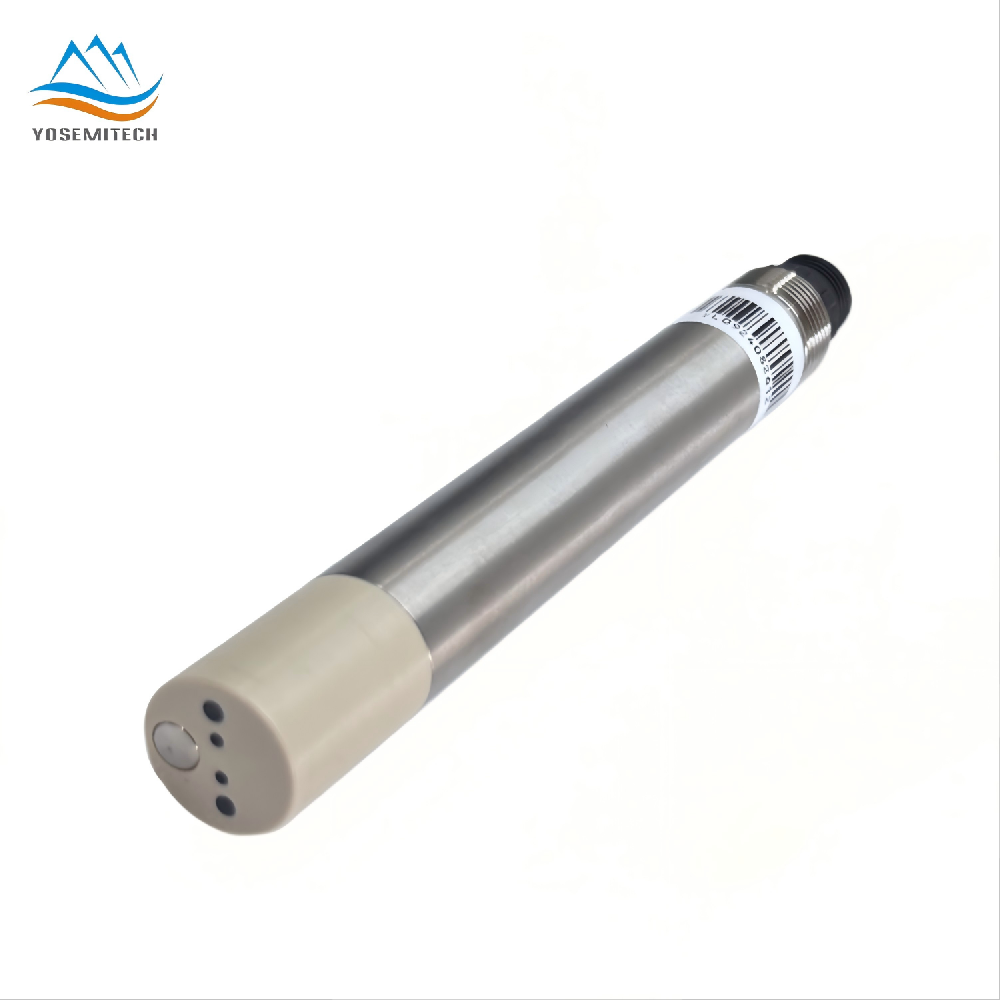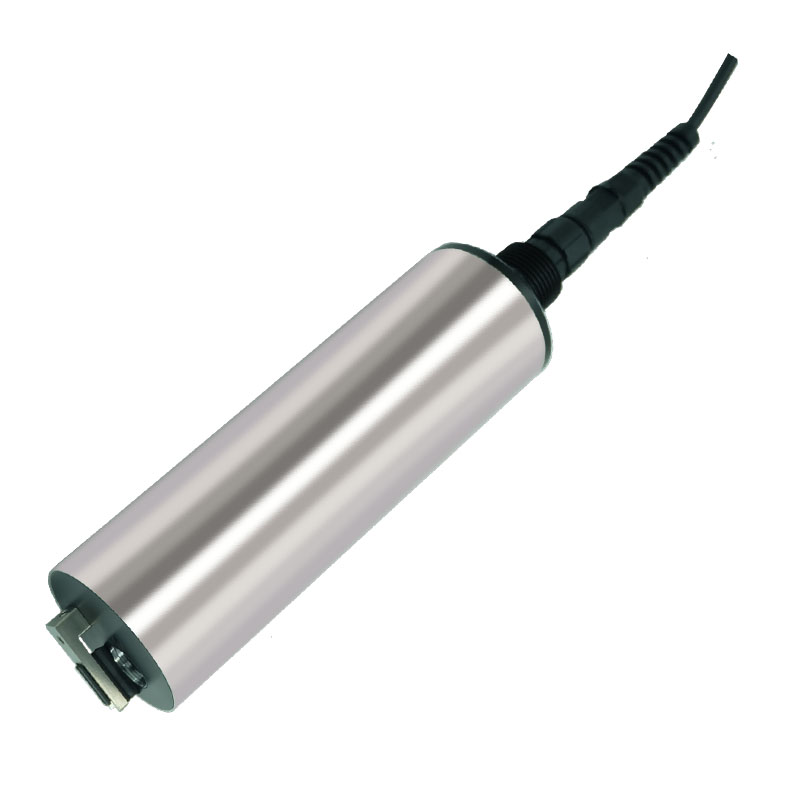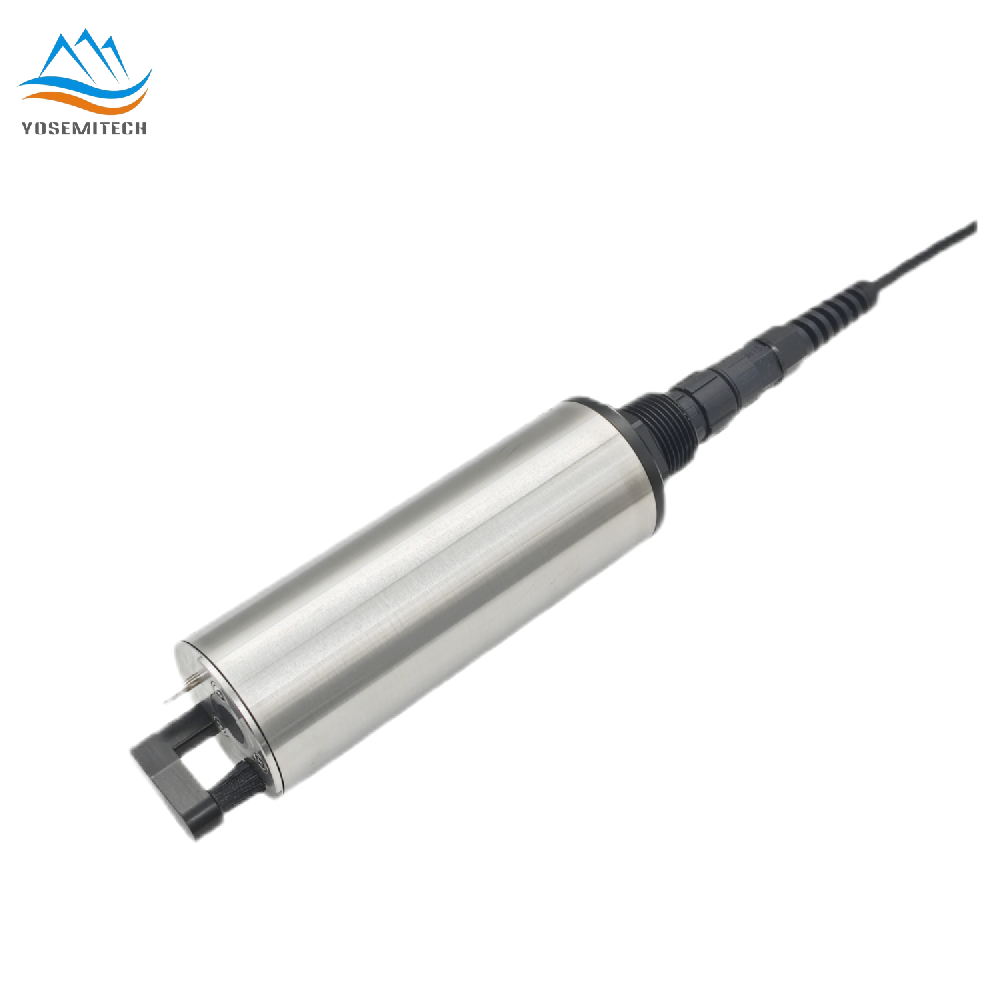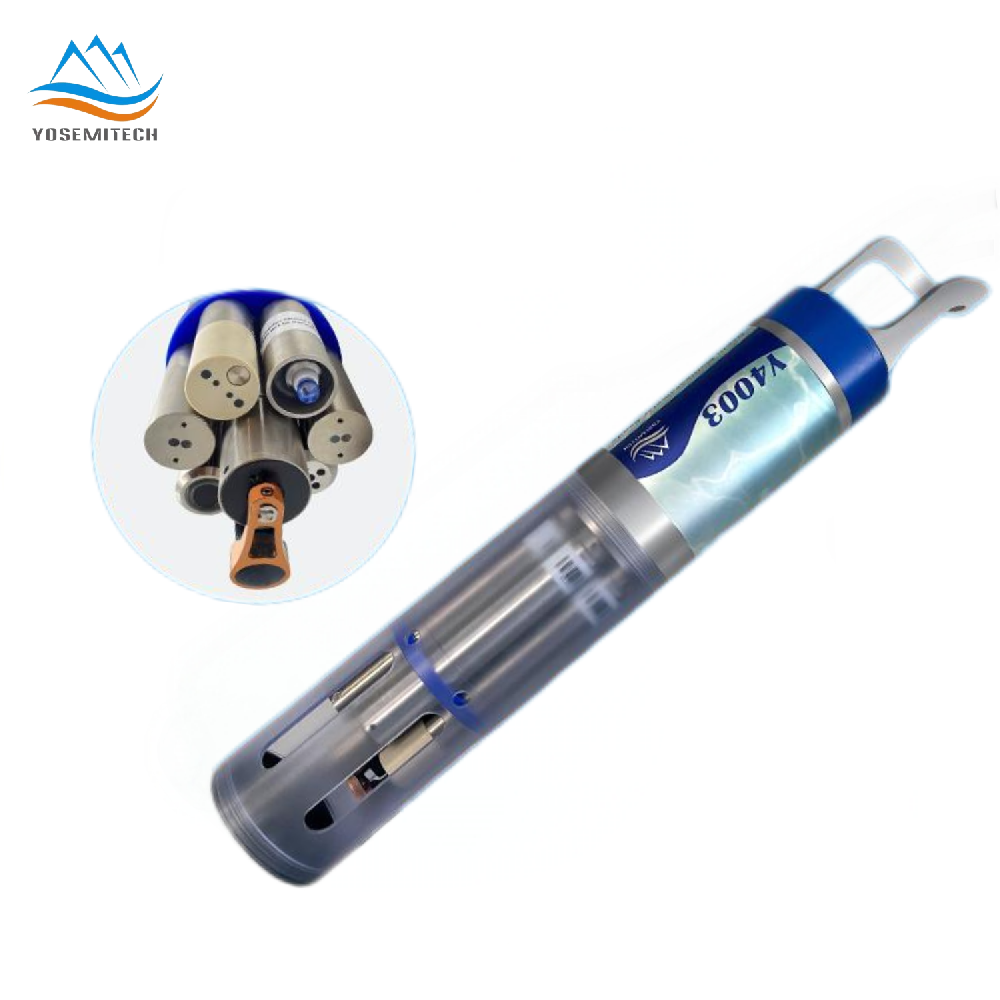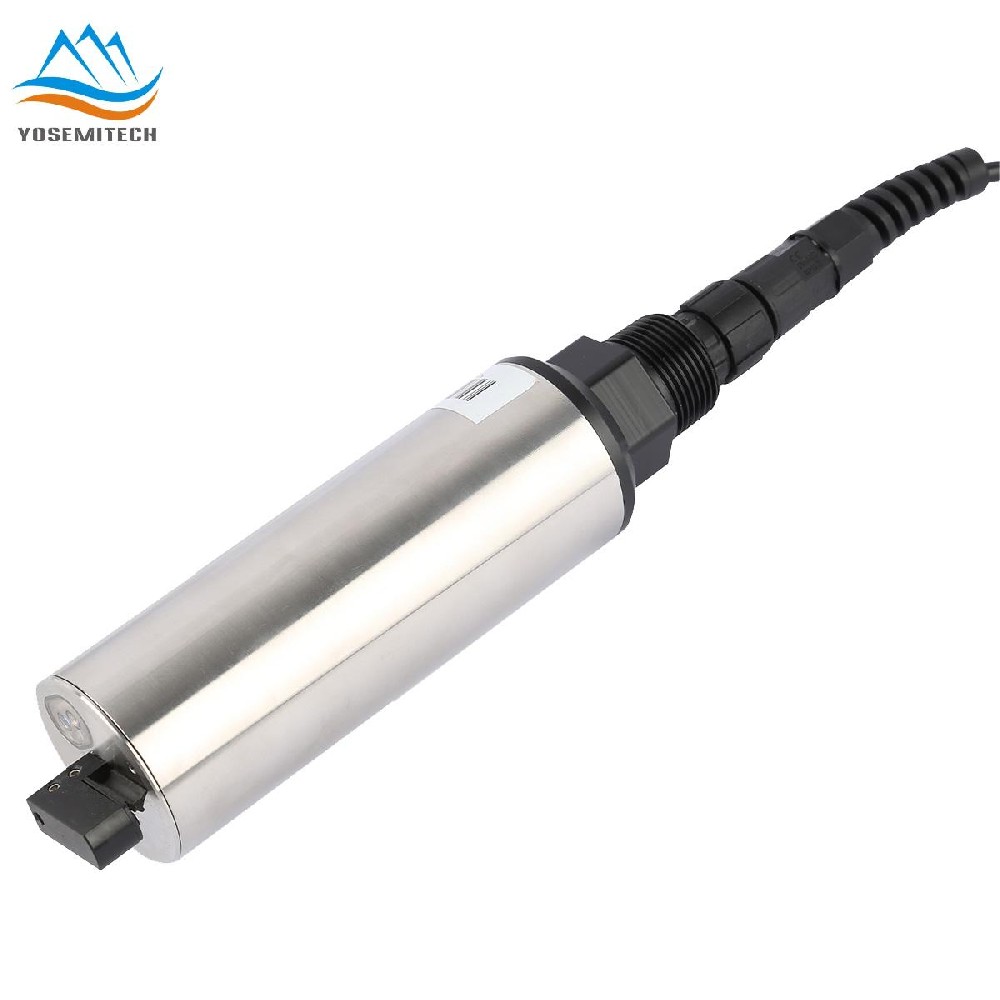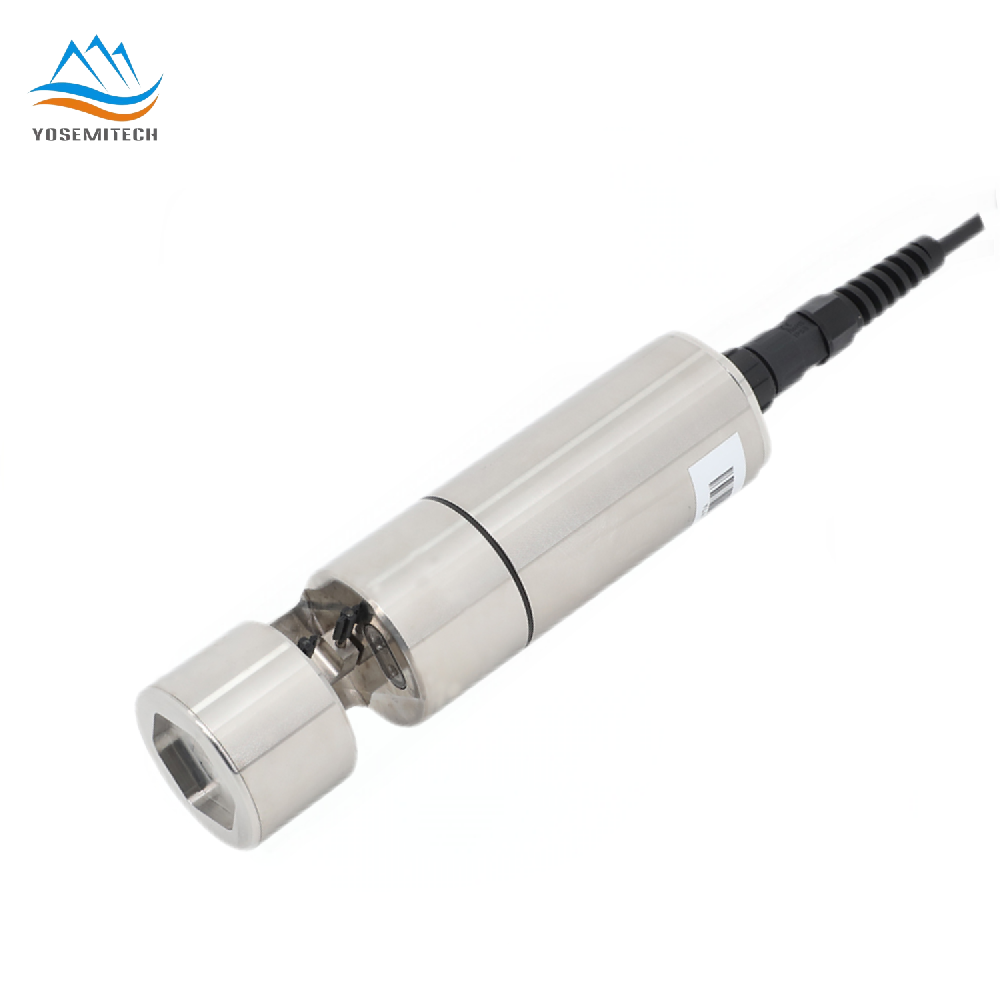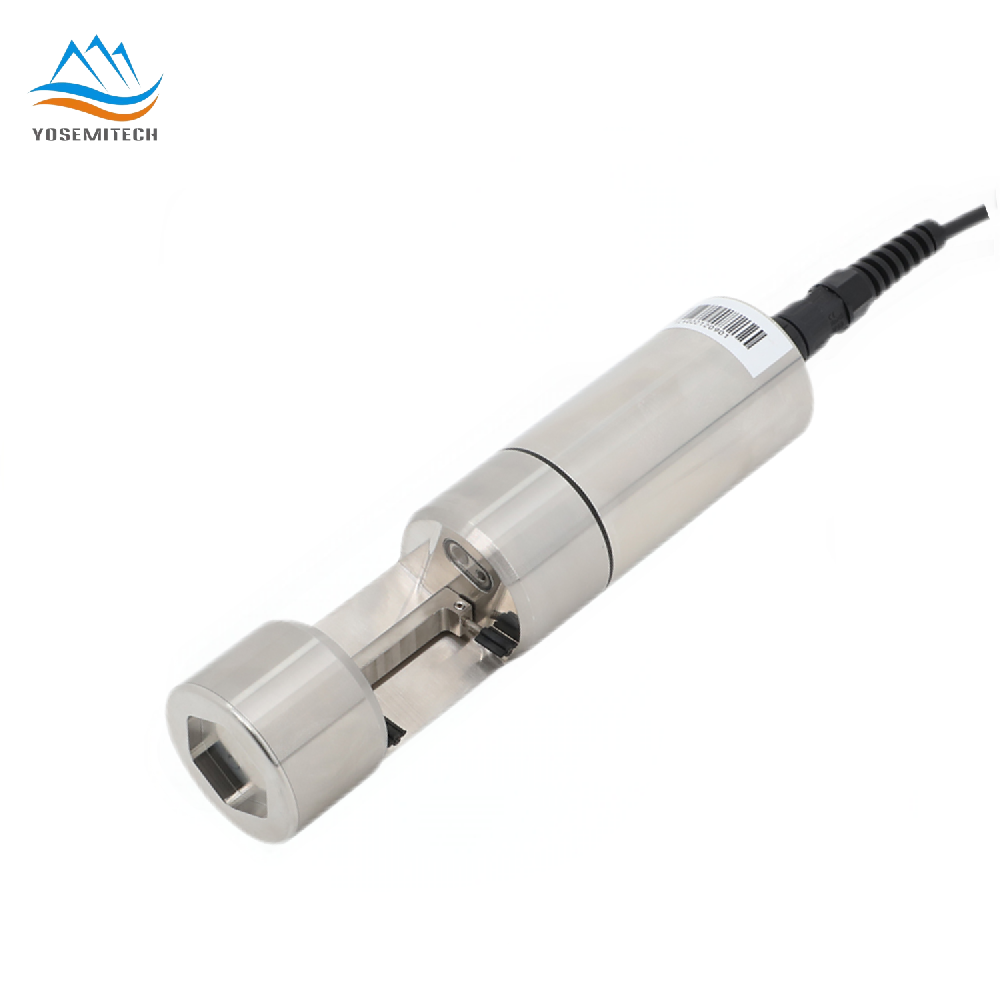FAQ
How to Measure the Dissolved Oxygen Level of Water?
Writer: admin Time:2024-03-11 15:31:49 Browse:1393℃
Dissolved oxygen (DO) is one of the most vital indicators of water quality. High DO levels improve the taste of drinking water, also will cause corrosion in water pipes. Alternatively, low dissolved oxygen levels below 5.0 mg/L stress aquatic life and creates hypoxic conditions.
What Influences Dissolved Oxygen Levels In Water?
Many factors can influence dissolved oxygen levels in the water, which in turn affects the water quality.
1. Diffusion: The natural movement of oxygen from the atmosphere into the water body.
2. Aeration: The process of mixing air into water, often through turbulence or mechanical means, enhancing oxygen levels.
3. Photosynthesis: The activity of aquatic plants and phytoplankton, which produce oxygen as a byproduct of converting sunlight into energy.
4. Respiration: The consumption of oxygen by aquatic organisms, including fish and microorganisms, which is essential for their survival.
5. Decomposition: The breakdown of organic matter by bacteria and other decomposers, which can consume oxygen and affect its availability in the water.
How Do Temperature, Salinity, Atmospheric Pressure, and Humidity Affect Dissolved Oxygen Levels in Water?
Temperature
Temperature is a primary driver of DO concentration in water. In cooler waters, oxygen molecules are less excited and more likely to stay bonded, resulting in higher DO levels. As water warms, molecular movement intensifies, leading to the breaking of these bonds and a subsequent drop in oxygen content. Simply put, warm water harbors less oxygen than its cold counterpart.
Salinity
The presence of salt affects dissolved oxygen in water. In freshwater, the lack of salt ions allows for more oxygen molecules to bond with water. However, in saltwater environments, the salt molecules compete with oxygen for bonding space with water molecules. This competition results in a decrease in DO levels as salinity increases.
Atmospheric Pressure
Atmospheric pressure, particularly as it relates to elevation, can alter DO levels in water. Higher atmospheric pressure means more force is exerted on water, facilitating the absorption of oxygen. Thus, as atmospheric pressure decreases (or altitude increases), there is less force available to keep oxygen molecules dissolved, reducing DO levels.
Humidity
Humidity impacts DO concentrations often in overlooked ways. When the air is more humid, the partial pressure of oxygen increases, aiding the transfer of oxygen into the water and, therefore, boosting DO levels. However, high humidity can also complicate the calibration process of certain DO measuring equipment.
How to Measure Dissolved Oxygen in Water?
Measuring DO levels is necessary to assess water quality. While there are many ways to test DO. Measuring DO levels is necessary to assess water quality. While there are many ways to test DO, fluorescence Dissolved Oxygen Sensor is the most accurate.
Dissolved oxygen sensors measure the amount of oxygen that diffuses across a permeable or semi-permeable membrane inside the DO probe. When the probe detects oxygen, a chemical reduction reaction produces an electrical signal. The electrical signal is then displayed on the meter, giving you an accurate DO reading.
Industries That Rely on Regular Dissolved Oxygen Testing
When it comes to ensuring optimal water quality, measuring dissolved oxygen levels is critical across various industries. Here are some key sectors where regular testing is essential:
Hydroponics: Monitoring dissolved oxygen supports plant growth by ensuring roots receive sufficient oxygen for nutrient absorption.
Food and Beverage: In this industry, dissolved oxygen affects both the taste and the shelf life of products like beer, wine, and bottled water, making regular testing crucial.
Aquariums: Maintaining proper oxygen levels supports the health and wellness of aquatic life in both home aquariums and larger exhibitions.
Environmental Sampling: Regular monitoring of dissolved oxygen provides insights into the health of ecosystems, especially in bodies of water such as lakes and rivers.
Wastewater Treatment: This process relies on dissolved oxygen to break down organic matter efficiently, making its measurement vital for effective waste management.
By understanding the role of dissolved oxygen in these diverse areas, industries can maintain high-quality standards and promote sustainability.
How to Choose the Suitable Dissolved Oxygen Probe?
When selecting the right instrument for measuring dissolved oxygen (DO) in water, it’s important to consider factors that ensure both accuracy and efficiency. Here’s a simple guide to help you choose the right equipment:
Portability and Flexibility:
Portable Dissolved Oxygen Meters: They are lightweight and easy to carry, allowing you to conduct tests in multiple locations. It's idea for fieldwork. Also, portable DO meters provide immediate results for real-time decision.
Accuracy and Precision:
Ensure the sensor provides the accuracy and precision required for your specific application, whether it’s scientific research, environmental monitoring, or industrial processes.
Sensor Type:
Optical Sensors: Low maintenance and high precision, they are suitable for environments where frequent calibration is impractical.
Electrochemical Sensors: These include galvanic and polarographic types, which are generally less expensive but may require more maintenance.
Application Environment:
You need to consider the environmental conditions where the sensor will be used, such as temperature, pressure, salinity, and the presence of interfering substances that might affect sensor performance.
Calibration and Maintenance:
Evaluate the ease of calibration and the maintenance requirements of the sensor. Optical sensors typically require less frequent calibration compared to electrochemical sensors.
Durability and Reliability:
Assess the sensor’s durability and reliability, especially if it will be used in harsh or variable conditions. Durable sensors reduce the need for frequent replacements and maintenance.
Response Time:
Consider the sensor's response time, which is crucial in applications needing rapid measurements or real-time monitoring.


FAQs:
1. What are the Differences Between Galvanic and Polarographic Probes for Dissolved Oxygen Measurement?
Related articles:
What is the DO(Dissolved Oxygen)?-Yosemite Technologies Co., Ltd_UV254 COD, ODO,pH (yosemitech.com)
CATEGORIES
CONTACT US
Yosemitech Technologies Co., Ltd
 +86 19984844080
+86 19984844080
 sales@yosemitech.com
sales@yosemitech.com
 Bldg,25,CECEP Industrial Park, No. 18 Dongchang Rd. Suzhou Industrial Park, Jiangsu Province,China 215126, China
Bldg,25,CECEP Industrial Park, No. 18 Dongchang Rd. Suzhou Industrial Park, Jiangsu Province,China 215126, China
